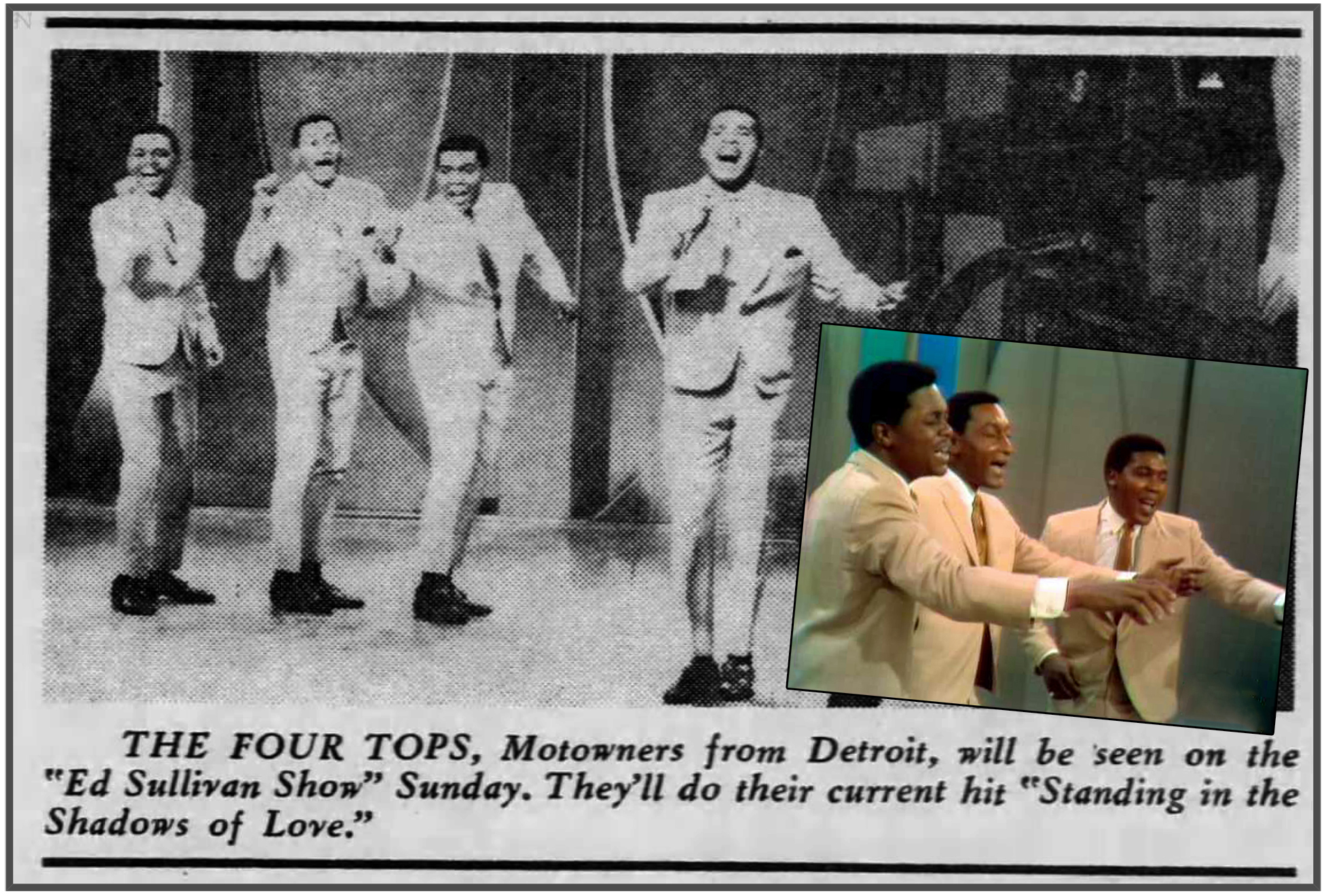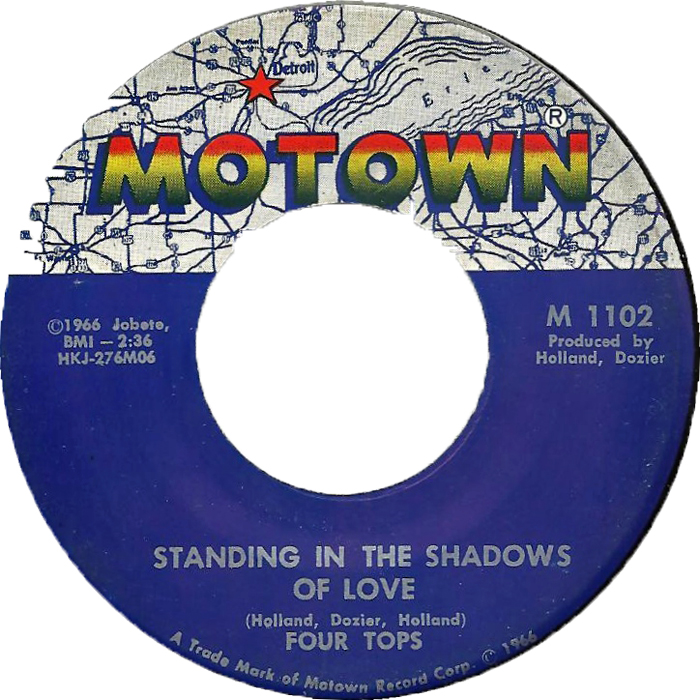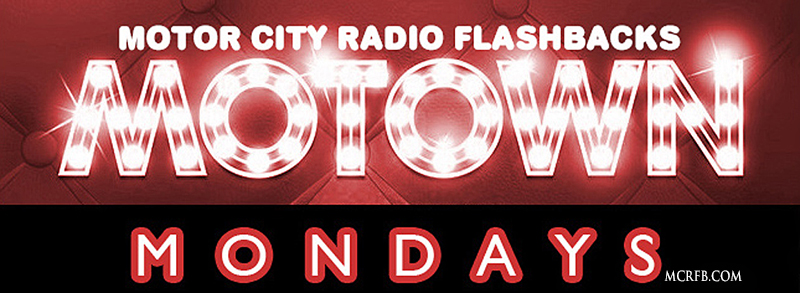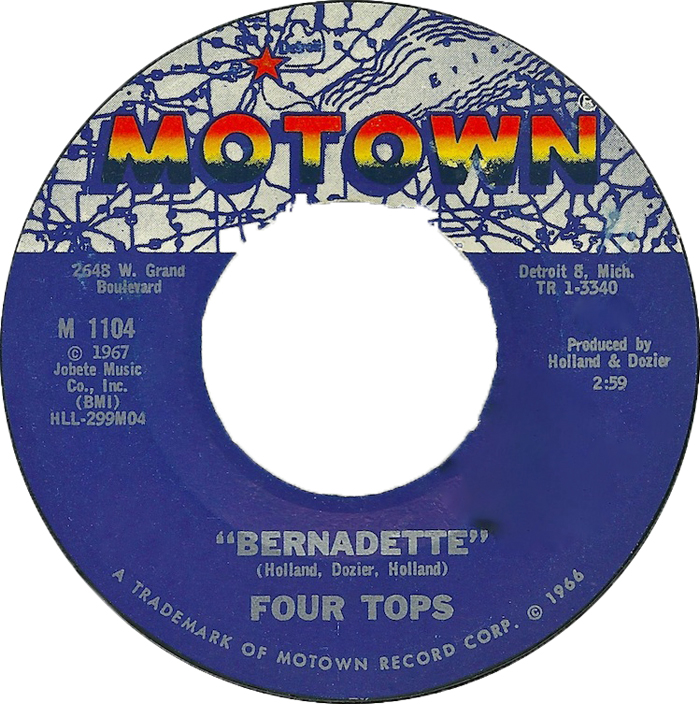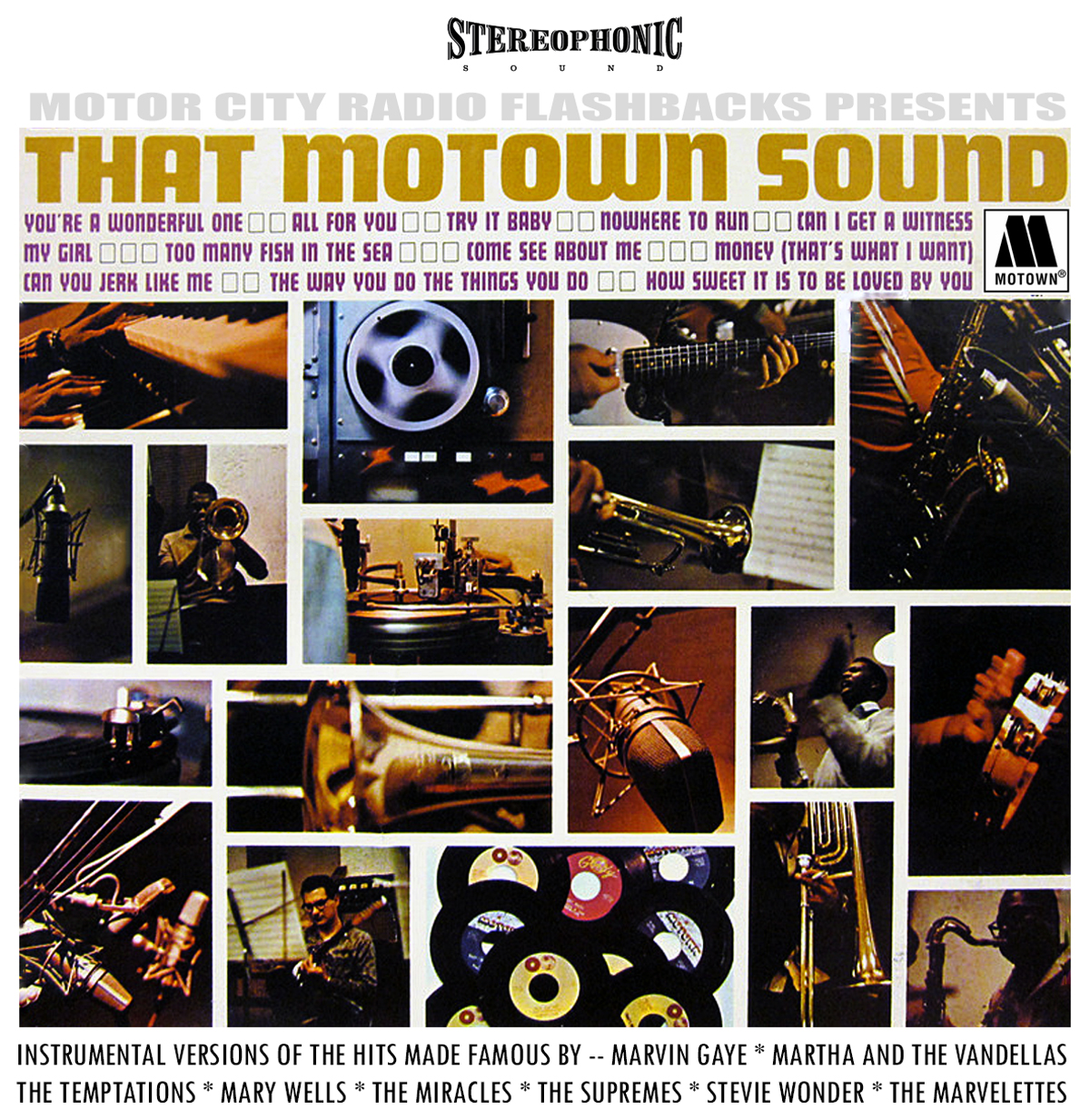 From the MCRFB NEWS archive: 1963
From the MCRFB NEWS archive: 1963
R&B Music Defined By Berry Gordy In His Own Words
DETROIT — There has been a lot of dispute lately over the definition of rhythm and blues as against rock and roll, pop and blues. To get some opinions on the subject, Billboard talked with several top people in the field and Berry Gordy, head of Tamla-Motown and Gordy Records, this is what he had to say about the matter:
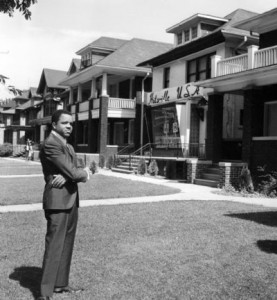
“It originated from Negro folk music. It’s characterized by a heavy-bottom sound — heavy drums and bass — and its strongly dominated by blues. It differs from rock and roll. The latter is lighter and not as heavy on the bass, it’s more pop with a heavy back beat. Rock and roll is derived from R&B, but its a cleaner sound — not as flunky and muddy on the low end — more of a light, up-tempo sound. Rhythm and blues — more than any other type of music — is from the soul and expresses the sincere feelings of the artist. No special musical schooling or training is necessary.
One thing — there’s quite an overlap between rhythm and blues, rock and roll and pop. Take our tune, ‘Do You Love Me,’ by the Contours on Gordy as an example. It was recorded rhythm and blues but by the time it reached the half-million mark, it was considered pop. And if we hadn’t recorded it with a Negro artist, it would have been considered rock and roll.”
Now — talk about being home for the holidays, virtually the entire Tamla-Motown-Gordy artist roster got a Christmas present by returning home to Detroit, ending a two-month concert tour that started in Washington and ended last week at New York’s Apollo Theater. They had a helter-skelter pace of one-nighters in between. Included on the tour were: the Miracles, Mary Wells, “Little” Stevie Wonder (he’s the 12 year-old Motown sensation who plays piano, drums, organs, banjo, harmonica and sings too), the Vandellas, Marvin Gaye and the Contours. The same line-up were signed for a New Year’s Eve show, Monday, December 31 at the Michigan State Fairgrounds in Detroit. END
___
(Information and news source: Billboard; January 5, 1963)
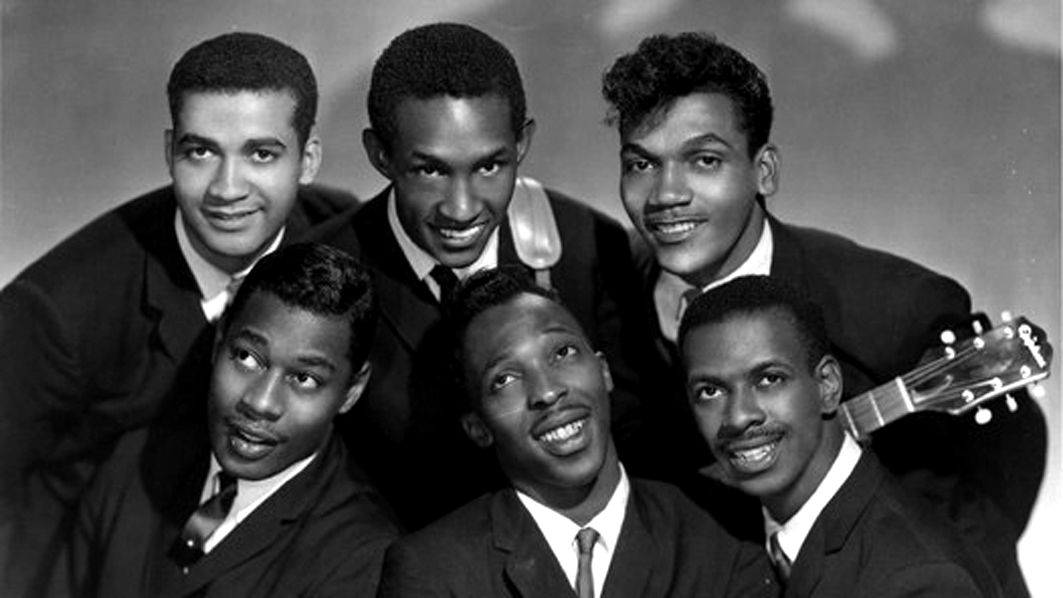
![]()


